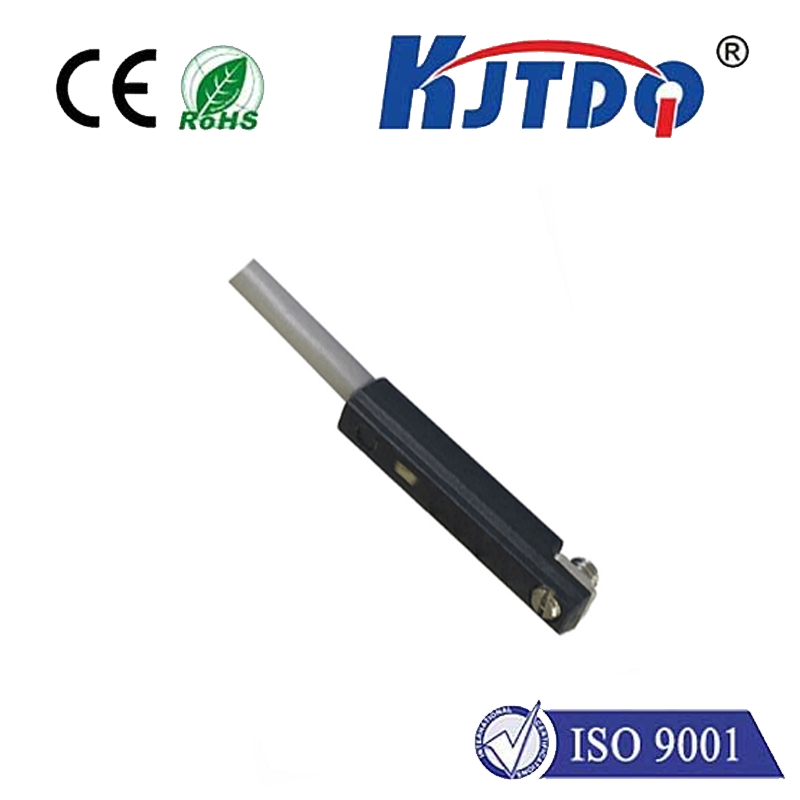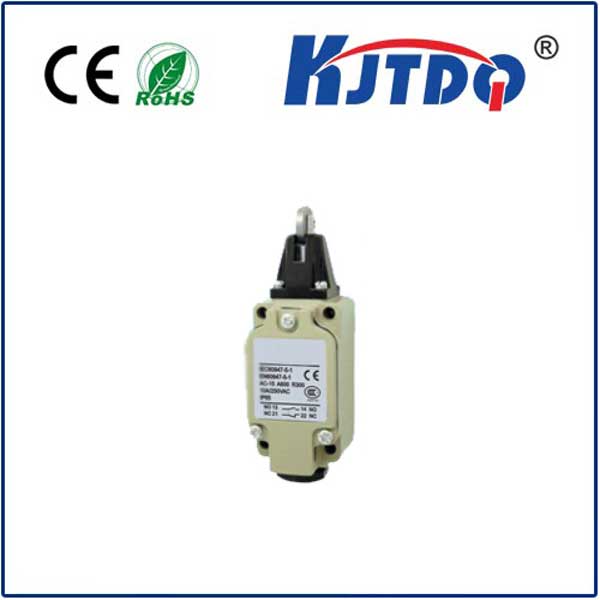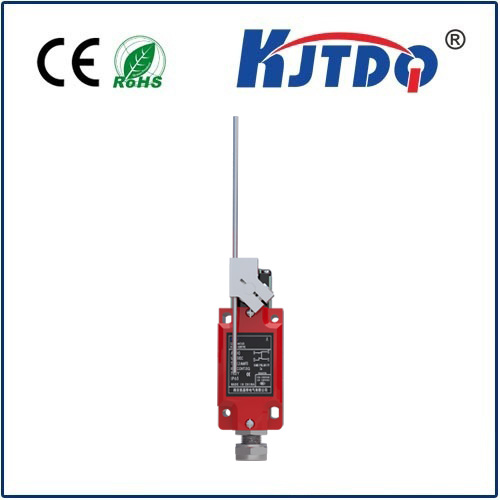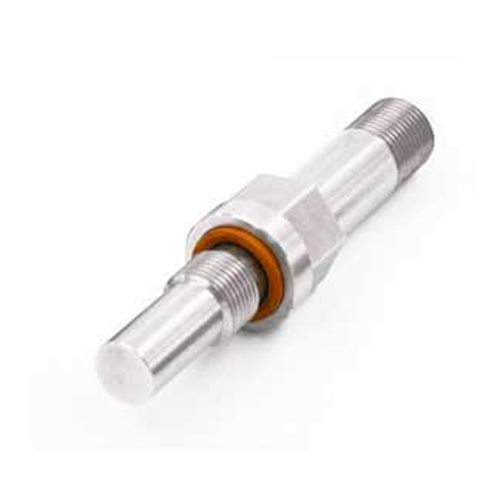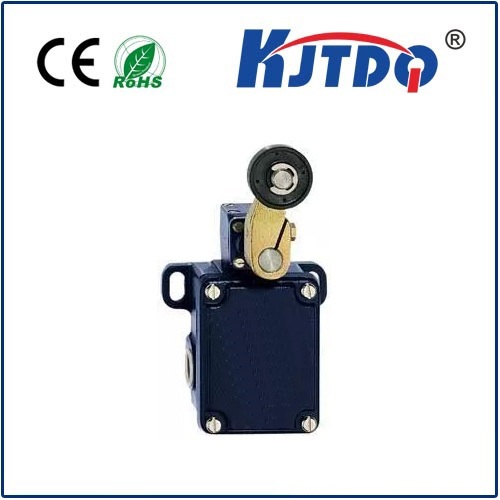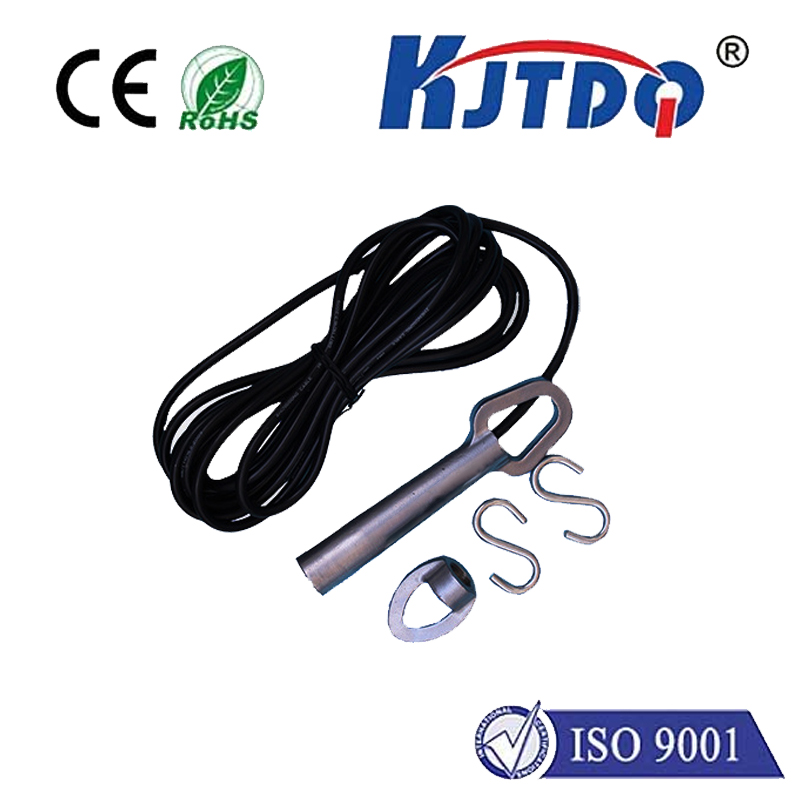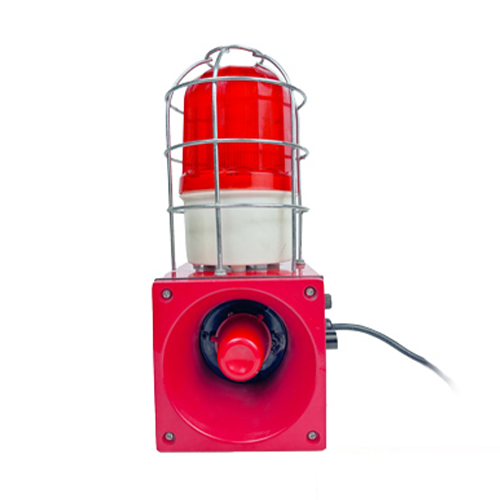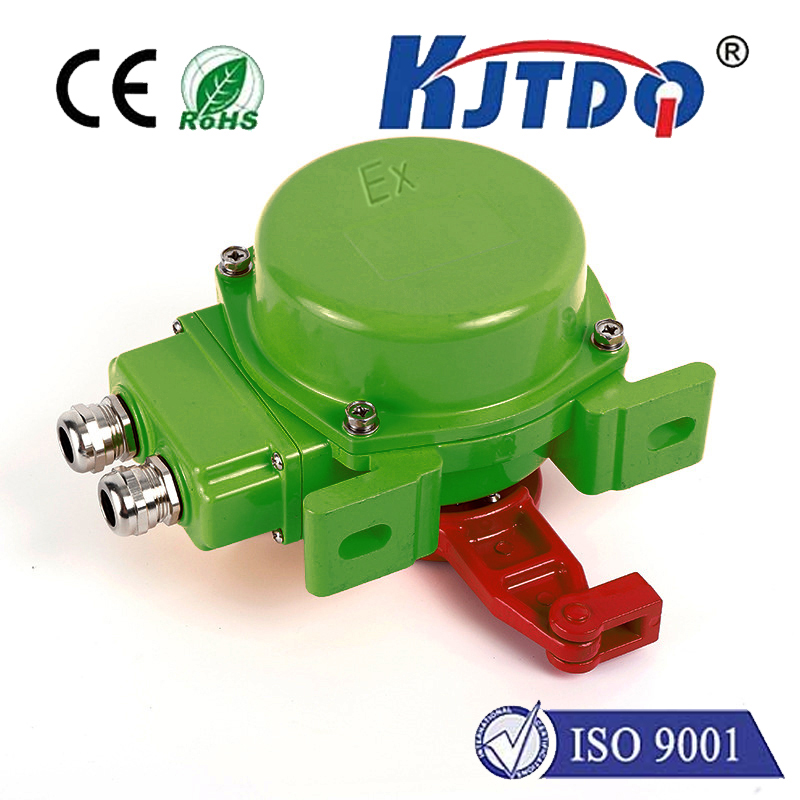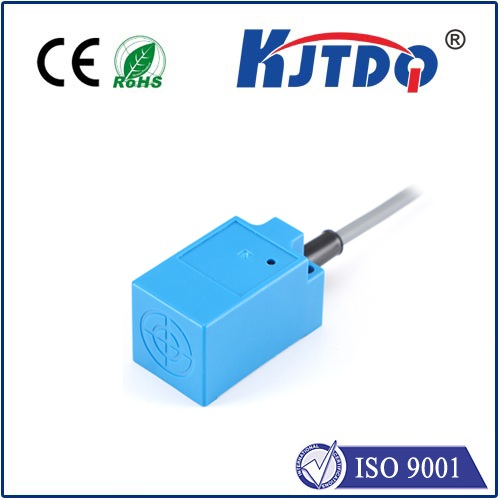Боковой выключатель высокого давления с ограничением тока
- time:2025-08-03 00:15:16
- Нажмите:0
High Side Switches with Current Limiting: Essential Protection for Modern Electronics
Ever designed a circuit only to watch a beloved component fry in a puff of smoke after an unforeseen short circuit? Overcurrent events remain a pervasive threat in electronics, capable of causing catastrophic failures in milliseconds. Safeguarding sensitive circuits and power sources demands robust solutions, and High Side Switches (HSS) with integrated current limiting stand as critical defense mechanisms in modern electronic design. They combine the strategic placement of power control with proactive overcurrent protection, forming a cornerstone of system reliability.
Understanding the High Side Advantage
Unlike Low Side Switches (LSS) that control power by connecting/disconnecting the ground path of a load, a High Side Switch sits between the positive power supply rail and the load. Control occurs on the positive side. This configuration offers distinct advantages:
- Simplified Ground Referencing: Load currents don’t flow through the ground plane shared by sensitive control circuitry (like microcontrollers). This significantly reduces ground noise and potential for interference or erratic behavior in control signals.
- Intrinsic Short Circuit Protection: In the event the load side is accidentally shorted directly to ground while powered, an active high-side switch is naturally protected (it simply sees the full supply voltage across itself). Conversely, a low-side switch would directly connect the power supply to ground through a short, potentially causing catastrophic failure unless upstream protection acts quickly enough.
- Load Dump Protection: In automotive and other environments, transient voltage spikes (load dumps) occur when heavy loads are suddenly disconnected. A high-side switch inherently isolates the load from the power rail during off states, offering better transient protection for downstream components connected to the same supply.
- Safety: In systems where the load chassis might be grounded (e.g., a motor housing), switching the high side ensures the load is completely disconnected from both power and ground when off, enhancing safety during maintenance or fault conditions.
Why Current Limiting is Non-Negotiable
Controlling power is essential, but protecting the circuit during faults is paramount. Current limiting actively restricts the flow of current through the switch and load when it exceeds a predetermined safe threshold. This is vital because:

- Overcurrent Causes Thermal Runaway: Excessive current through the semiconductor switch (typically a MOSFET) causes it to heat up. If this heat isn’t dissipated fast enough, the junction temperature rises uncontrollably, leading to permanent damage (thermal runaway).
- Protects Power Sources: Overcurrent events can stress and damage the power supply itself, especially batteries or low-current regulators.
- Prevents Wiring Damage: Cables and PCB traces have limited current-carrying capacity. Sustained overcurrent can melt insulation or vaporize traces.
- Mitigates Short Circuits: A direct short circuit attempts to pull infinite current. Robust current limiting is the first line of defense, drastically reducing the fault current magnitude.
The Integrated Solution: Smart High Side Switches
Modern semiconductor technology integrates the high-side switch functionality with sophisticated protection and control features into a single IC package, often referred to as Smart High Side Switches or Protected Power Switches. Key components include:
- Power MOSFET: The main switching element handling the load current.
- Charge Pump / Gate Driver: Generates the necessary voltage (higher than the supply rail) to fully enhance the N-Channel MOSFET (the most common type used due to efficiency), ensuring low on-state resistance (RDS(ON)).
- Current Sensing: Precisely measures the current flowing through the load path.
- Current Limiting Circuitry: Compares the sensed current to a reference level. If exceeded, it dynamically adjusts the MOSFET’s gate voltage, forcing it to operate in its linear region and limiting the current to a safe maximum (ILIM). This is not just a fuse; it’s an active regulation mechanism.
- Thermal Shutdown: Monitors the chip temperature. If a critical threshold is reached (even during current limiting), it shuts off the power MOSFET to prevent thermal destruction.
- Diagnostics & Control Logic: Provides features like open-load detection (when off), output status feedback, and interfaces (like logic-level inputs for ON/OFF control, sometimes SPI/I2C for advanced configuration).
- Clamping/Protection: Often includes internal clamping diodes for inductive load flyback protection and basic overvoltage protection.
(Conceptual representation - Actual ICs integrate all functions)
Key Applications: Where Reliability is Paramount
High side switches with current limiting are ubiquitous in demanding environments:
- Automotive: Controlling lights, motors (window lifters, wipers, fans), solenoids, seat heaters, ECUs. Essential for robustness against shorts, load dumps (ISO 7637-2), and harsh environments. Compact packages and diagnostic features are crucial.
- Промышленная автоматизация: Driving solenoids, actuators, small motors, valves, and PLC outputs. Protects against wiring faults and inductive kickback in noisy factories.
- Power Distribution Units (PDUs): Providing protected outputs in servers and telecom equipment. Hot-swap controllers often utilize HSS with current limit.
- Battery-Powered Devices: Safely managing motors, heaters, or charging circuits in appliances, power tools, and consumer electronics to prevent battery damage from faults.
- General Electronic Load Control: Any application requiring controlled power switching on the positive rail with built-in protection for the switch, supply, and load.
Critical Design Considerations
Selecting and implementing a high side switch with current limiting requires attention to:
- Continuous Current Rating: Must exceed the normal operating current of the load.
- Current Limit Threshold (ILIM): Needs to be sufficiently above the peak operating current (including inrush) but low enough to reliably protect the switch and wiring under fault conditions. This value is often fixed within an IC but sometimes adjustable externally or via digital interfaces.
- Voltage Rating (VS): Must handle the maximum supply voltage plus any expected transients.
- RDS(ON): Determines the voltage drop and power dissipation under normal operation. Lower RDS(ON) means higher efficiency and less heat generated during normal use.
- Thermal Management: Power dissipation during current limiting can be VERY high (Power = VSUPPLY x ILIM). Understanding thermal resistance (RθJA) and ensuring adequate heatsinking (PCB copper area, possible external heatsinks) is absolutely critical to prevent thermal shutdown or failure during sustained faults. Datasheets provide essential thermal derating curves.
- Response Time: How quickly the current limiting circuit reacts to an overcurrent event is vital for protecting sensitive components downstream.
- Diagnostic Features: Open-load detection, overcurrent status flags, thermal warning flags enhance system monitoring and diagnostics.
- Control Interface: Simple logic level (Enable/Disable) vs. more complex digital interfaces (e.g., SPI).
The Indispensable Safeguard
High Side Switches with integrated Current Limiting

